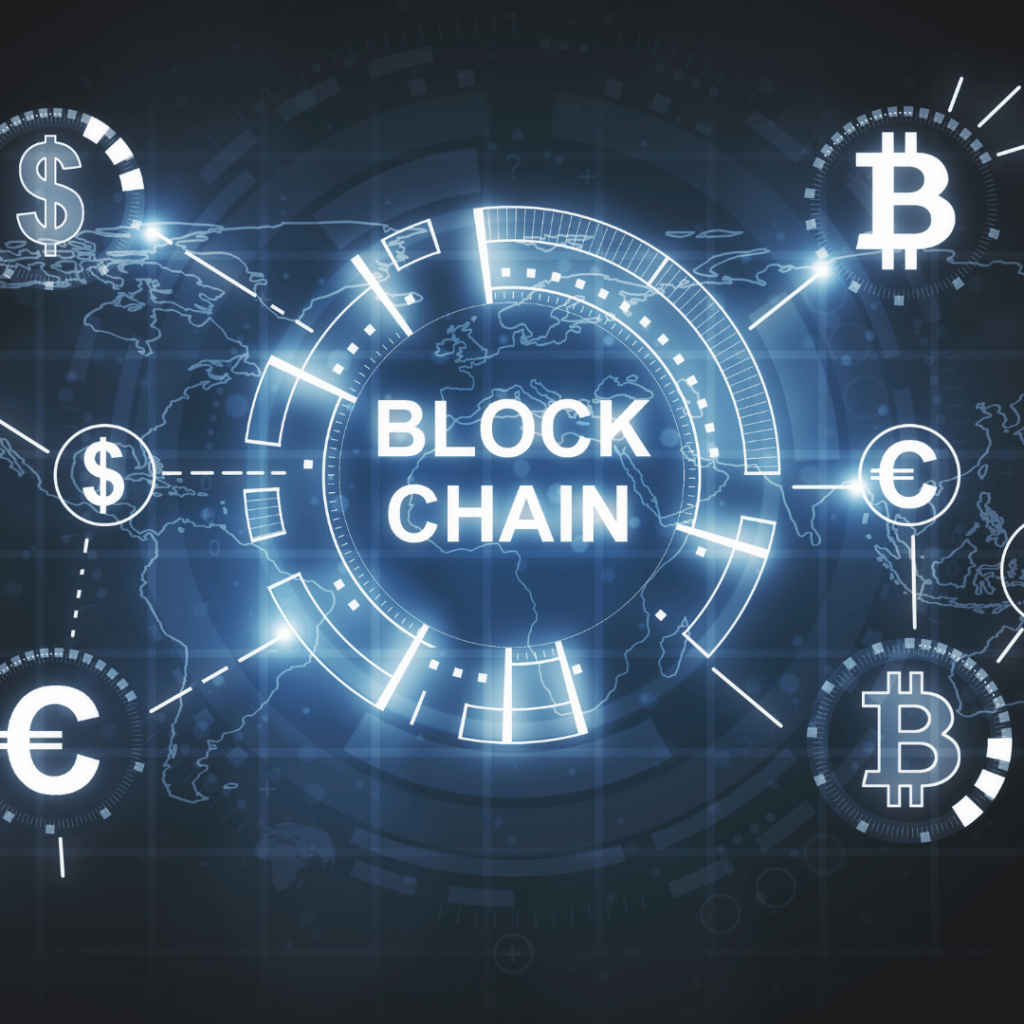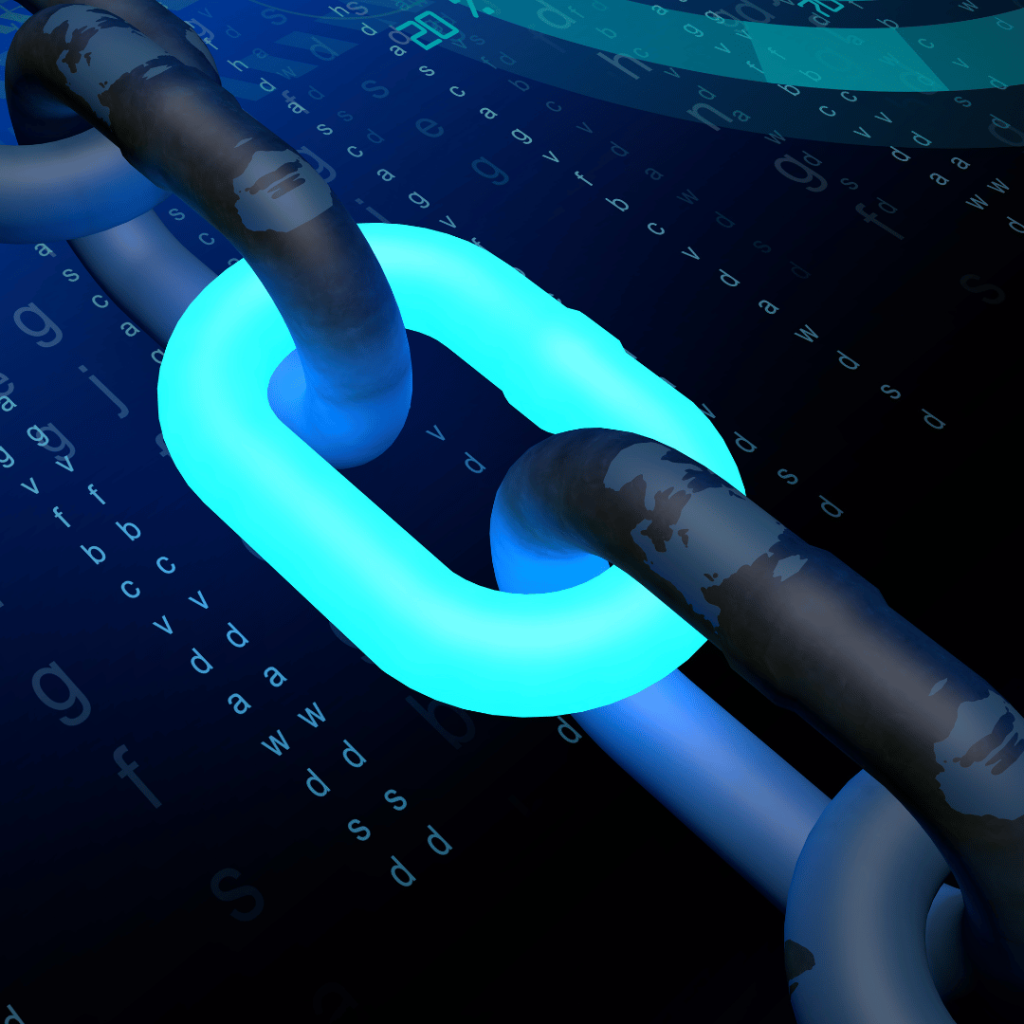Blockchain Technology
By Bill Rohr
Uploaded: February 26th, 2024
Imagine a supply chain as a complex web of interconnected nodes, stretching from the
manufacturing floor to the end consumer’s hands. Along this journey, goods pass through multiple hands,
traverse various transportation modes, and undergo numerous processes. This intricate network poses
significant challenges in maintaining transparency, traceability, and security.
Enter blockchain technology, a revolutionary concept that promises to revolutionize how we manage and
track supply chains. At its core, blockchain is a decentralized, immutable ledger that records transactions
across a network of computers. Each transaction, or “block,” is cryptographically linked to the previous
one, forming a chain of blocks. This structure ensures that once a transaction is recorded, it cannot be
altered or tampered with, providing a high level of security and trust.

So, how does blockchain enhance transparency within transportation supply chains? Well, imagine you have a magical notebook that automatically records every single thing that happens to a package as it travels from point A to point B.
This notebook doesn’t just write down what happens; it writes it down in such a way that once something is written, it can never be changed or erased, no matter what.
That’s essentially what blockchain does. It’s like a digital ledger that keeps track of every transaction or
event that occurs within a supply chain, whether it’s a shipment leaving a warehouse, a change in ownership of a product, or an update in its status. And once these transactions are recorded on the blockchain, they’re there to stay, locked in place and unable to be tampered with.
This immutability is incredibly powerful because it means that everyone involved in the supply chain can trust the information recorded on the blockchain. There’s no need to worry about someone altering records or trying to cover up mistakes or fraudulent activities. It’s like having a transparent window into the entire journey of a product, from its creation to its final destination.
This transparency is crucial for building trust among stakeholders, whether they’re manufacturers, distributors, retailers, or consumers. They can all access the same information on the blockchain and verify the authenticity and integrity of the data. If there’s ever a dispute or a need to investigate a problem, the blockchain provides a clear and indisputable record of what happened and when.
By reducing the risk of fraud or manipulation, immutable recordkeeping on the blockchain not only helps
to protect the interests of businesses but also ensures the safety and satisfaction of consumers. When people can trust the products, they buy and the companies they deal with, it creates a stronger and more
resilient supply chain ecosystem for everyone involved.
Now imagine if every product came with its digital passport, containing vital information about its entire journey. This digital passport, often referred to as a “digital twin,” acts like a virtual identification card accompanying the physical item from its creation to its final destination.
Within this digital twin resides details such as the product’s origin, manufacturing date, unique batch number, and a comprehensive record of every step it takes along the supply chain. It’s akin to having a carefully documented travel itinerary for each item, capturing its complete journey through various stages
of production and distribution.
Now picture the convenience of accessing this wealth of information with a simple scan of a QR code or an RFID tag. Thanks to blockchain technology, stakeholders—be it manufacturers, distributors, retailers, or consumers—can effortlessly retrieve data about a product’s origin, its route through different distribution channels, and any major milestones it encounters along the way.
This level of traceability offers enormous value for several reasons:
In industries subject to stringent regulations governing production, handling, and distribution, a detailed record of a product’s journey on the blockchain ensures adherence to all regulatory requirements and standards.
Combatting counterfeit products is important for safeguarding both businesses and consumers. By leveraging blockchain-enabled traceability, stakeholders can authenticate products by tracing them back to their source. Any inconsistencies or irregularities in a product’s history can serve as red flags, prompting investigations into potential counterfeit activities.
Timely responses to product recall, whether due to safety concerns or quality issues, are paramount. Blockchain traceability enables swift identification of affected products and facilitates tracking their distribution to specific locations or customers. This rapid response helps minimize the impact of recalls and protects consumers from possible harm.
Overall, enhanced traceability through blockchain technology not only boosts supply chain management but also creates consumer trust and safety. By offering unequaled visibility into product journeys,
blockchain empowers stakeholders to make informed decisions and makes certain that goods are produced, handled, and delivered with the utmost standards of quality and integrity.
Think about how traditional supply chains operate—they often rely on mountains of paperwork. From invoices to bills of lading to customs forms, the process involves a lot of manual handling, which can lead to inefficiencies, errors, and delays. And of course,stacks of documents piling up, waiting to be processed, signed, and passed along the chain.
And now, enter blockchain technology. It’s like a digital magic wand that transforms this bulky paper trail into a streamlined, automated process. Blockchain digitizes and automates the creation, verification, and sharing of documents, making the entire workflow more efficient and error-free.
Instead of physical documents passing from one party to another, everything is stored securely on the blockchain. Each transaction is recorded in a tamper-proof manner, ensuring that the information is accurate and immutable. This eliminates the need for manual reconciliation and reduces the risk of errors or discrepancies.
But that’s not all. Blockchain also introduces the concept of smart contracts. These are self-executing contracts with the terms of the agreement directly written into code. Smart contracts automatically trigger actions when predefined conditions are met, eliminating the need for intermediaries and reducing administrative overhead.
For example, let’s say a shipment reaches its destination. With a smart contract in place, the payment can be automatically released to the supplier as soon as the goods are received and verified. This not only speeds up the payment process but also ensures that everyone involved in the transaction is held accountable.
By streamlining documentation and automating processes, blockchain technology accelerates the flow of
goods through the supply chain. It reduces paperwork, minimizes errors, and improves transparency—all
of which contribute to a more efficient and reliable logistics ecosystem. And as the technology continues
to evolve, we can expect even greater advancements in supply chain management in the years to come.
Picture a traditional data management system where all information is stored in a central database,
managed and controlled by a single authority. While this approach may seem convenient, it also poses
significant risks. A single point of failure, whether due to technical glitches or cyberattacks, can
compromise the security and integrity of the entire system.
Now, picture a blockchain network—a decentralized ecosystem where data is distributed across multiple
nodes, with no central authority in control. Each node in the network maintains a copy of the blockchain,
ensuring redundancy and resilience. This decentralized architecture fundamentally changes the way data
is managed and shared, enhancing security and reliability.
By eliminating the need for a central authority, blockchain reduces the risk of a single point of failure.
Even if one node in the network goes down or becomes compromised, the rest of the network remains
intact, ensuring uninterrupted access to data. This resilience makes blockchain networks highly resistant
to cyberattacks and other malicious activities.

Blockchain offers granular control over data access, allowing stakeholders to share information selectively
while maintaining confidentiality and privacy. Unlike traditional systems where access permissions are
controlled by a central authority, blockchain enables peer-to-peer transactions, where users can interact
directly with each other without the need for intermediaries.
This level of control ensures that sensitive information remains secure, with only authorized parties having
access to it. For example, in a supply chain scenario, a manufacturer can share production data with its
suppliers while keeping it hidden from competitors. Similarly, consumers can access information about
product origins and certifications without compromising their privacy.
Secure data sharing in blockchain networks represents a paradigm shift in how information is managed
and protected. By decentralizing control and offering granular access permissions, blockchain enhances security, reliability, and privacy, paving the way for a more transparent, trustworthy, and efficient digital ecosystem.
